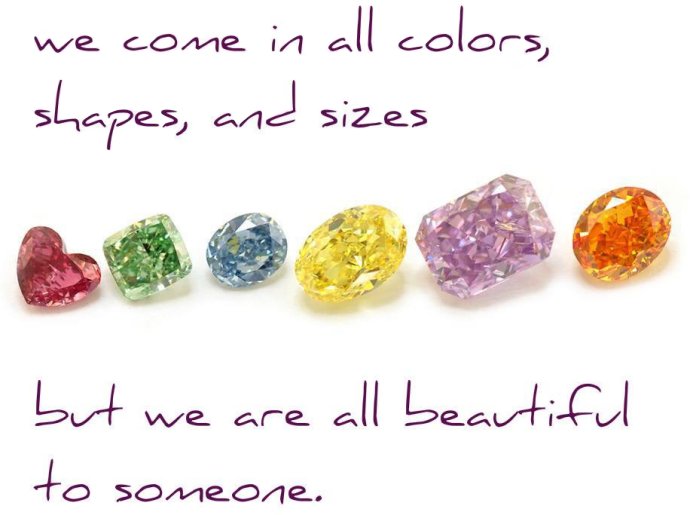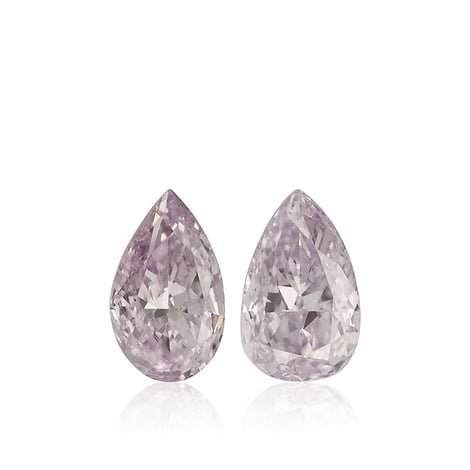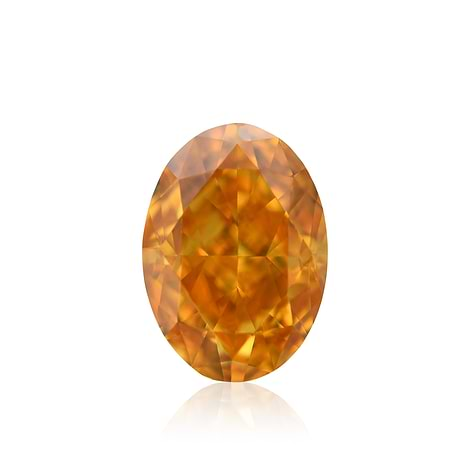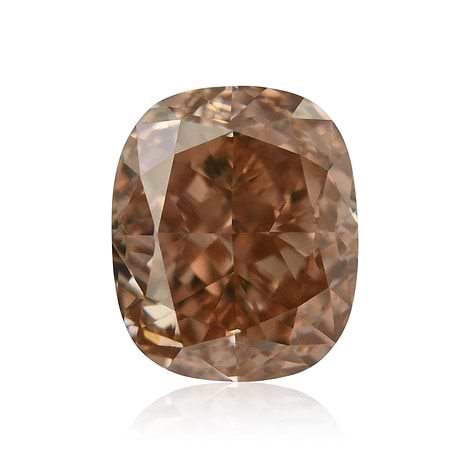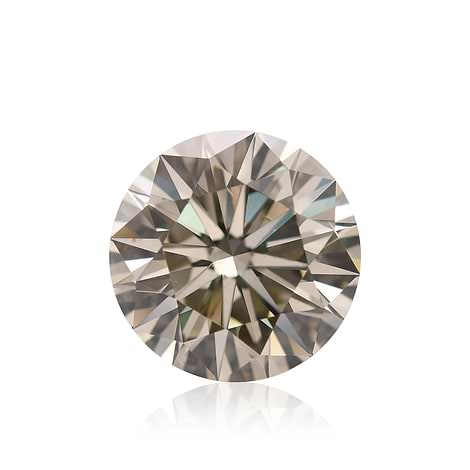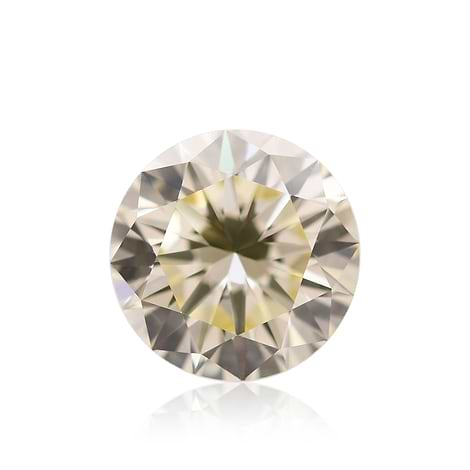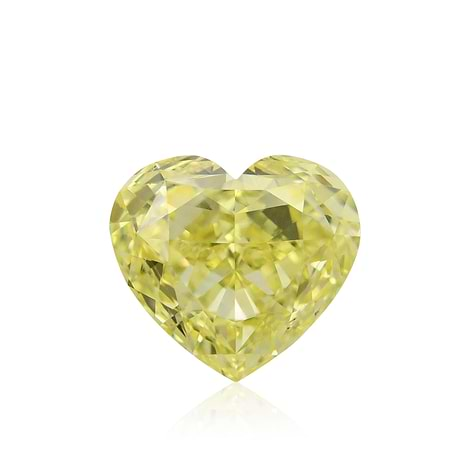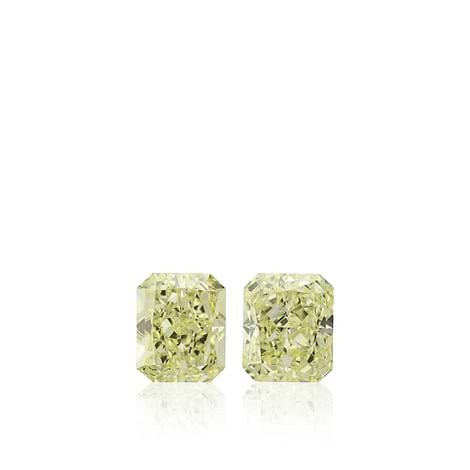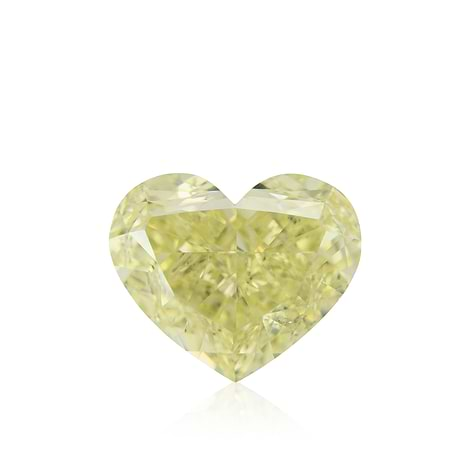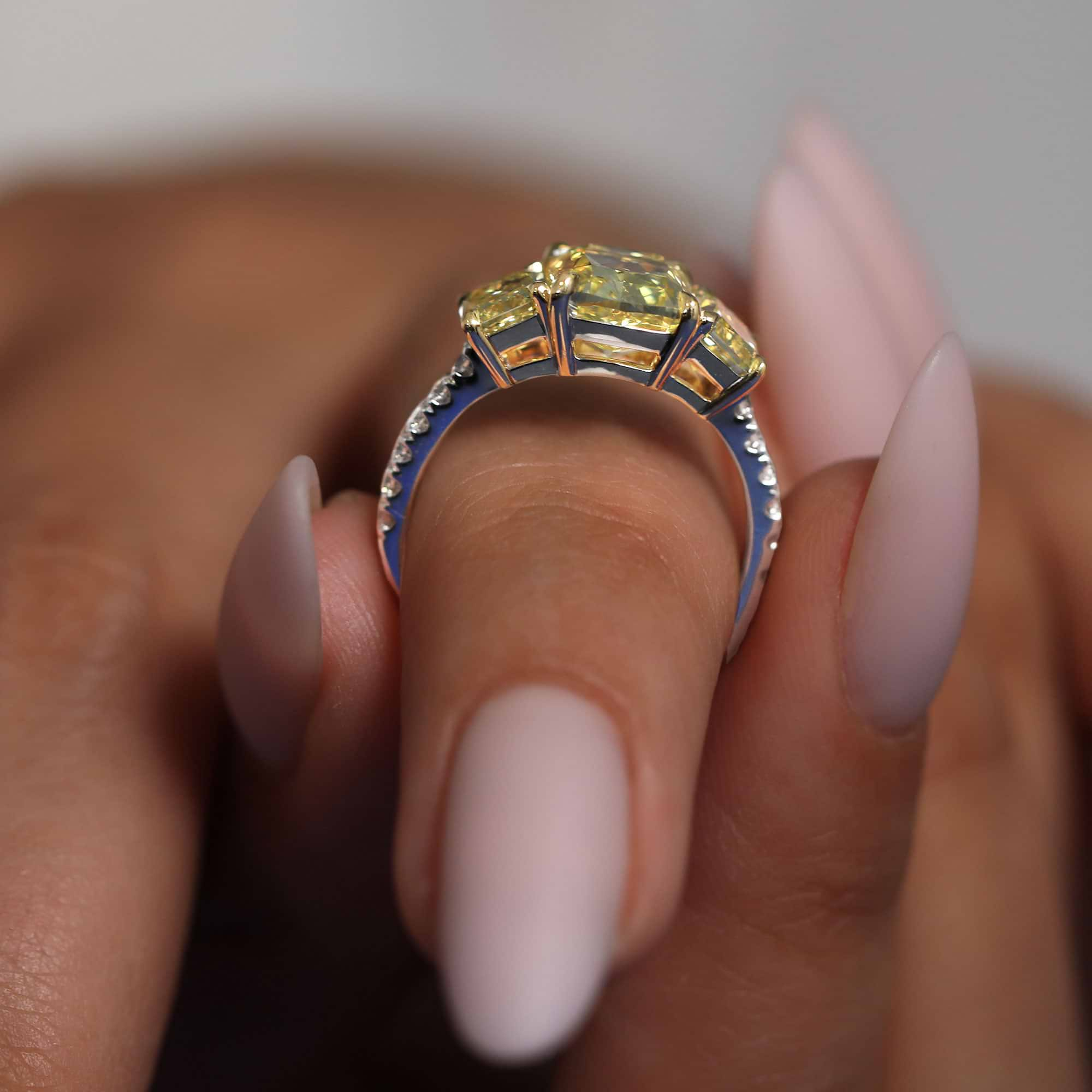Natural fancy color diamonds are among the rarest items on earth. However, aside from being so incredibly rare, there are many other interesting facts about these treasures. Here we reviewed just some of the most relevant and interesting facts you should know before making your purchase.
|
|
Some Interesting Facts about Natural Fancy Color Diamonds
- The most significant characteristic of color diamonds is COLOR (which defines the hue, tone, and saturation), unlike colorless diamonds where the most significant attribute is CUT.
- Color diamonds are often cut into fancy shapes because they display the color better. Any shape other than Round Brilliant, is deemed a fancy shape.
- Fancy color diamonds are most often cut into fancy shapes, such as Cushion, Radiant, Pear, or Oval. The reason is because those shapes tend to display the color of the stone better. Whereas colorless stones are often cut into ROUND, PRINCESS, and EMERALD shapes.
- Prices for a Round, Emerald, and Princess shaped color diamonds are often higher because it is more difficult to display the color.
- Most fancy color diamonds will be found with a modified cut as opposed to a brilliant cut because the cutter maximizes the potential to present the color.
- Although color diamonds only represent roughly 0.1% of colorless stones, there are 12 different main colors, 9 intensities, 90 secondary hues, and over 230 color combinations.
- Some professionals will send an already polished diamond back to the polishing wheel because they recognized potential to improve the color. The color of the stone can actually change quite drastically through the polishing process.
- In the family of color diamonds there is a phenomenon called Chameleon. The Chameleon effect is when the color of the diamond changes temporarily when kept in darkness or lightly heated, hence the name Chameleon.
- Though the carat weight of the diamond is heavily considered when assessing the overall value of the stone, a color diamond polisher will often sacrifice the size in order to achieve a better color if possible.
- Although the market demand is constantly increasing, the supply of color diamonds is slowly dwindling. In fact, the Argyle diamond mine, which is renowned for its production of the finest pink colors in the market, only has until 2020 (give or take) until its closure.
- Yellow diamonds are the most popular of the colored diamond family, but their prices generally remain lower when compared to colorless stones of similar quality until they reach very high color intensities.
- The three most popular colors in demand are Yellow, Pink, and Champagne.
- The rarest color of all is a Red diamond.
- With regards to rarity, certain color combinations are considered extremely rare and are sought after by collectors, such as a pure deep/intense violet and a pure intense/vivid orange.
- A secondary hue essentially reduces the value and lowers the cost. However, the colors produced can still be quite magnificent to see.
- Although the clarity is relevant towards the perfection of the diamond, because these gems are so rare, it is not considered as important as it is with a colorless stone. Furthermore, with a more intense color, the impurity can sometimes blend in with the color.
- Certain diamonds more than others (for example Argyle pink diamonds or high quality Yellow diamonds above 2.00-carats) can be considered exceptional investment stones.
- Colored diamonds currently hold the record for seven of the most expensive diamonds ever sold at auction.
- The three most expensive diamonds ever sold at auction are the Graff Pink (46 million), the Princie (39 million) Diamond, and the Wittelsbach Graff (23 million).
- Over 16 price records at the world’s largest auction houses have been set and broken year after year by color diamonds over the past eight years.
- The value of color diamonds is determined according to both the attributes of a diamond and its face-up, diamond appearance.
- Champagne diamonds (brown) are the most common colored diamonds found.
- As people relate to some colors better than others, no one color is considered more beautiful than the others.
